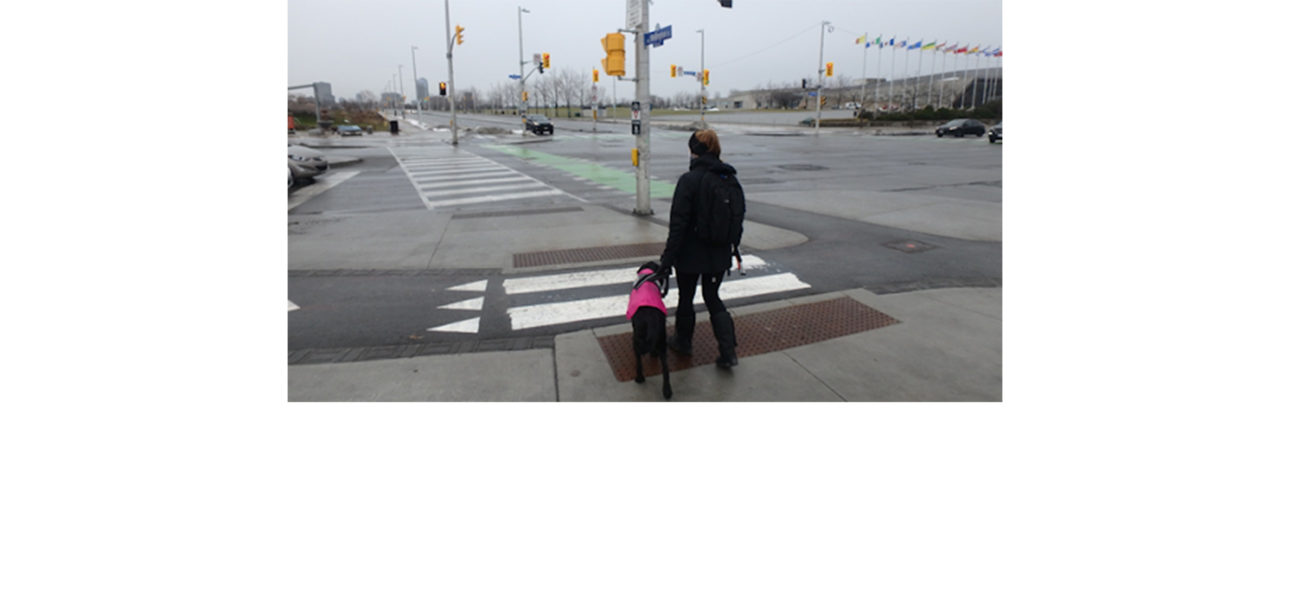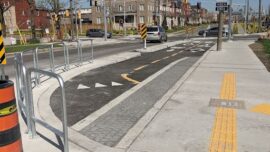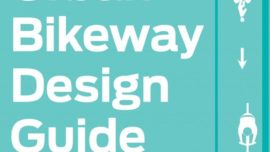Alta’s Protected Intersection Design Guide provides an in-depth exploration of protected intersections and is intended to serve as a design tool for practitioners working within the City of Ottawa.
The City of Ottawa has generally embraced the concept of the protected intersection and has constructed several of them throughout the city. However, practitioners have historically lacked clear design guidance on how to implement protected intersections under various contexts, which can result in inconsistent designs, additional design time and design cost per intersection, and frequent re-designs to accommodate utilities, traffic signaling infrastructure, accessibility, and other requirements.
Alta reviewed international best practices, performed observations at key locations, and engaged with peer cities to help develop a clear understanding of the design issues to be addressed in the Protected Intersection Design Guide and how to apply approaches from other jurisdictions and existing guidance. Our experience designing protected intersections, such as with the York University Cycling Connections project, also informed the development of the Guide.
The Guide includes more detailed direction than other guidance on innovative elements such as flexible crossride setbacks, maintaining a straight path of pedestrian travel, and the use of directional tactile strips. The Guide also includes a detailed decision-making flowchart linking traffic volumes, speeds, and crossride setback to the application of signalization measures, such as protected right turns and leading bicycle intervals. The Guide introduces the use of a half-height curb for delineating between the cycle track and sidewalk, which was determined with consideration for accessibility needs, winter maintenance, and cycling comfort. The resulting Design Guide document includes these aspects and many others as well as a series of graphics to illustrate intersection layouts and key design elements.
Key to the success of this project was the continual engagement with stakeholders including people with disabilities, and an advisory committee made up of City and Provincial staff from traffic operations, standards, accessibility, maintenance, emergency services, and road safety, among others.






